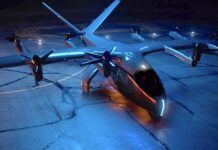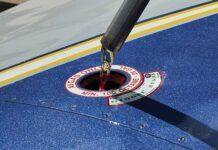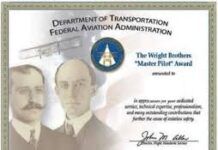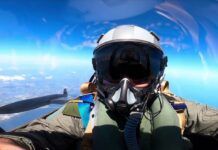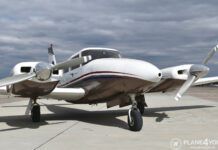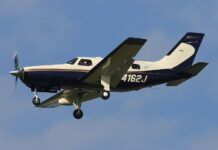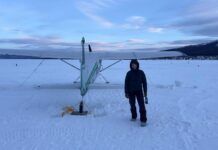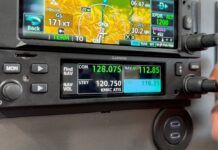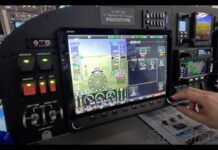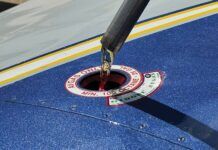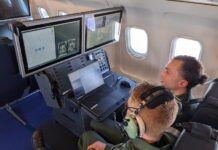
American Airlines is the first U.S. airline to be officially approved by the FAA to use iPads as an electronic flight bag in all phases of flight, the FAA said this week. The airline received the approval on Dec. 1. The FAA said only two iPads are allowed to be operated in the cockpit at any one time, according to The New York Times. “This involves a significantly different scenario for potential interference than unlimited passenger use, which could involve dozens or even hundreds of devices at the same time,” the FAA told the Times. American and Alaska Airlines previously have been using the tablets in the cockpit on an evaluation-only basis.
The issue of using consumer electronic devices in airline cabins made the news last week when actor Alec Baldwin was thrown off an American Airlines flight after he refused to turn off the phone he was using to play a game. The FAA seems to be in no hurry to extend its OK from the cockpit to the cabin. “The FAA is concerned about potential interference with aircraft navigation and communication systems primarily during takeoff, climb and landing, which are considered critical phases of flight,” said FAA spokeswoman Laura Brown. Gregg Overman, spokesman for the Allied Pilots Association, told The Wall Street Journal that the signals that travel to and from consumer devices “could be picked up by one of the many antennas you’ll see attached to modern passenger aircraft.” Because consumer devices are so varied and the electronic components frequently change, it’s not possible for the FAA to verify that none of them can cause interference, thus the continuing ban.





